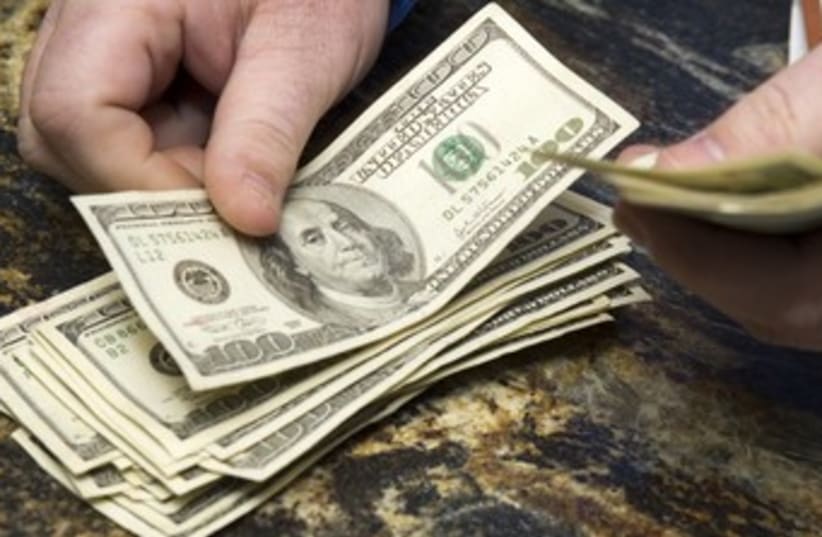TINA rules, OK! The prince said so. TINA is not a person, or even a virtual person on some stupid-but-addictive computer game. TINA is an acronym, increasingly prevalent in discussions about investing and the financial markets. It stands for There Is No Alternative.The supposedly overwhelming, unanswerable, logic behind TINA goes something like this. The world is in the grip of a new economic/monetary doctrine, widely called QE for short, in which major central banks engage in very, VERY expansionary monetary policies. These policies ensure that short-term interest rates remain at or near zero and that long-term rates, too, are very low by historic standards.The goal of these policies is to stimulate consumption and/or investment (depending on which economy we are talking about) and thereby restore national and global economies to a healthy, or at least healthier, state.The flood of liquidity emanating from the central banks and the maintenance of very low interest rates for a period of several years has had an enormous impact on the financial markets. The easy availability of credit has allowed and encouraged – effectively obliged – speculators to use it to bid up the prices of assets. Financial asset prices – especially equities, but before that commodities and bonds – have soared. So have real-estate values and those other assets most readily available to wealthy individuals or institutions – collectibles such as works of art, rare items, etc.It is now widely accepted and fairly easily demonstrated that the prices of many of these assets – from impressionist paintings, to houses in central London, to shares in Twitter and to Bitcoins – have detached from any standard valuation concepts. In plain language, these asset prices are in bubbles. Indeed, some analysts have noted that we have “a bubble of bubbles.”However, when the promoters or buyers of these overpriced assets are challenged as to the desirability of paying current prices, and the feasibility of these prices being maintained, let alone exceeded, their answers – whether long or short, sophisticated or crude – can be summed up in one word: TINA .What are potential investors supposed to do, in a world in which banks offer almost nothing on deposits and are now openly discussing charging depositors, rather than paying them; in which cash is trash and even “solid” assets, such as government bonds, generate virtually no income? There is no apparent alternative to investing in the various markets – financial, real, collectibles, whatever.The TINA response deals with follow-up questions as well. Is this behavior not dangerous, even reckless? No, because in a TINA world, everyone must act this way, so that speculation is the new investment, recklessness the new prudence – and the devil take the hindmost. Those who understood the new rules several years ago have waxed fat, but now is not yet too late. The reason it is not too late, to answer another follow-up question, is that the central banks will not – cannot – desist from their expansionary policies. If they talk about doing so, let alone actually act, they trigger a collapse, which forces them to reverse course and resume printing money.Many people, from pensioners whose income streams from their investments have dried up, to pension funds facing the same problem with regard to their future income streams, have surrendered to the TINA imperative.The relevant dictum here is “you can’t fight the Fed” (and all the other central banks).The result is the investment world of 2013: Regular bonds have fallen out of favor, but high-yield bonds (called, in an earlier and less phony era, junk bonds) are very much in demand. Shares generally have been strong, but technology companies and small-cap stocks, which sport much higher risk profiles, are leading the surge. Residential real estate is hot, even in places that recently saw spectacular collapses – such as Las Vegas – because the returns to be made from renting are so much better than from other “safe” investments. Somehow, incredibly, the snake-oil salesmen are able to rebrand and peddle the old poison that “real-estate prices only go up.”All these trends are massively enhanced by the use of borrowed money, because credit is so cheap and plentiful. Everywhere, risk in general and the exceptionally high levels of risk in many of the areas mentioned above is ignored or pooh-poohed. The longer the process goes on, the more confident most people become about it and the more convinced they are that it can, must, continue. TINA does indeed rule.Everyone in investments knows the now legendary quote from Chuck Prince, the boss of Citibank in the run-up to the 2007-09 crash: “As long as the music is playing, you’ve got to get up and dance.” He actually said it, on July 9, 2007, to the Financial Times, by way of “explanation” of his bank’s continued involvement in areas of finance that were inherently toxic – as he and the world were to discover within weeks and even days.So there you have it. You have to get up and dance with TINA . Or not.www.pinchaslandau.com
Global Agenda: TINA and the prince
In plain language, these asset prices are in bubbles. Indeed, some analysts have noted that we have ‘a bubble of bubbles.’
